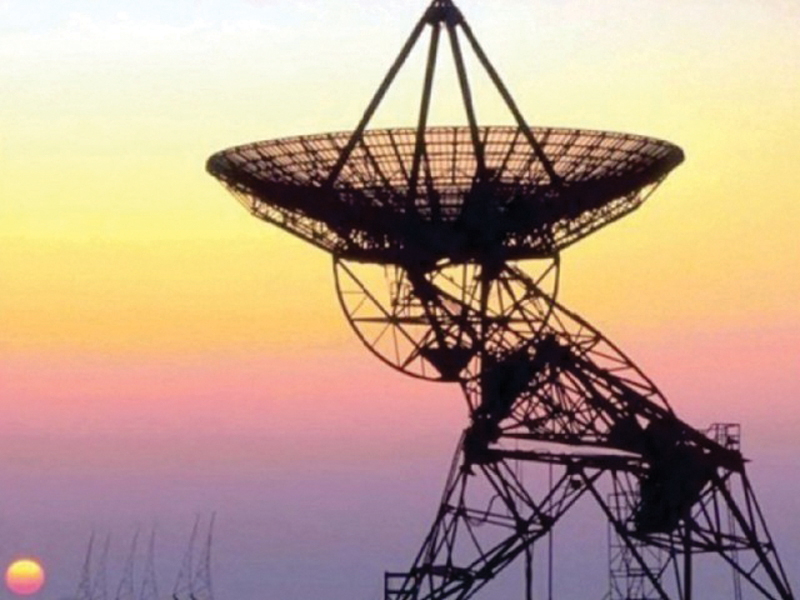
Pakistan Telecommunication Authority (PTA) has implemented a rationalisation plan for 1,800 MHz spectrum to increase the efficiency of telecom sector.
“PTA conducted a spectrum auction in September 2021 in accordance with the policy directive of the government of Pakistan issued on August 4, 2021,” said a PTA statement on Friday.
Accordingly, a rationalisation plan in the 1,800 MHz spectrum band was issued by the authority in consultation with the Frequency Allocation Board (FAB) for the contiguity of spectrum by all cellular mobile operators (CMOs) for efficient spectrum utilisation, it said.
PTA stated that Jazz, CMPak, Telenor and Ufone implemented the rationalisation strategy under the supervision and guidance of PTA and FAB in a coordinated activity for approximately three months.
PTA underlined that technical teams of all stakeholders worked round the clock without causing any disturbance in services to the nation.
“This will ensure efficient utilisation of contiguous spectrum holdings and better user experience,” PTA said. “Furthermore, it will be beneficial for the launch of future technologies in Pakistan.”
“It is a great step,” information and communication technology (ICT) expert Parvez Iftikhar remarked while talking to The Express Tribune.
Until now, the cellular operators of Pakistan had small fragmented chunks of spectrum scattered here and there within the 1,800 MHz band, he said. This has now been rectified by PTA.
Within the 1,800 MHz band, each mobile company would have one consolidated chunk of the spectrum, he added. This will allow the most optimal use of the spectrum, resulting in improved services.
SI Global CEO Noman Ahmed Said explained that radio spectrum typically referred to the full frequency range from 3 kHz to 300 GHz that may be used for wireless communication.
“Increase in demand for cellular services such as mobile phones and many others called for changes in the philosophy of spectrum management,” he added.
The CEO said that demand for wireless broadband soared due to technological innovation, such as 3G and 4G services, and rapid expansion of wireless internet services.
He explained that the spectrum rationalisation plan was aimed at reusing the spectrum and efficiently distributing it for a more holistic use.
The existing spectrum facilitates prevailing networks and functions between the assigned spectrums of frequency under FAB, said the SI Global CEO.
He further explained that the rationalisation plan optimised that use to enable all networks to reach audience more efficiently and broaden the areas of their reach, expanding the landscape they could cover as well as increasing access for the public.
It would increase the scope of networks and allow better utilisation of services, he noted.
The spectrum rationalisation plan will optimise the use of radio frequency spectrum, avoid and solve interference, design short and long-range frequency allocations and advance the introduction of new wireless technologies.
Jazz CEO Aamir Hafeez Ibrahim said that “the rationalisation exercise makes spectrum allocation in Pakistan more efficient”.
“Telecom users, businesses and society as a whole stand to gain from improved options for network coverage and quality,” he added.
Published in The Express Tribune, February 19th, 2022.
Like Business on Facebook, follow @TribuneBiz on Twitter to stay informed and join in the conversation.




1732256278-0/ellen-(1)1732256278-0-165x106.webp)
1725877703-0/Tribune-Pic-(5)1725877703-0-165x106.webp)












COMMENTS (2)
Comments are moderated and generally will be posted if they are on-topic and not abusive.
For more information, please see our Comments FAQ